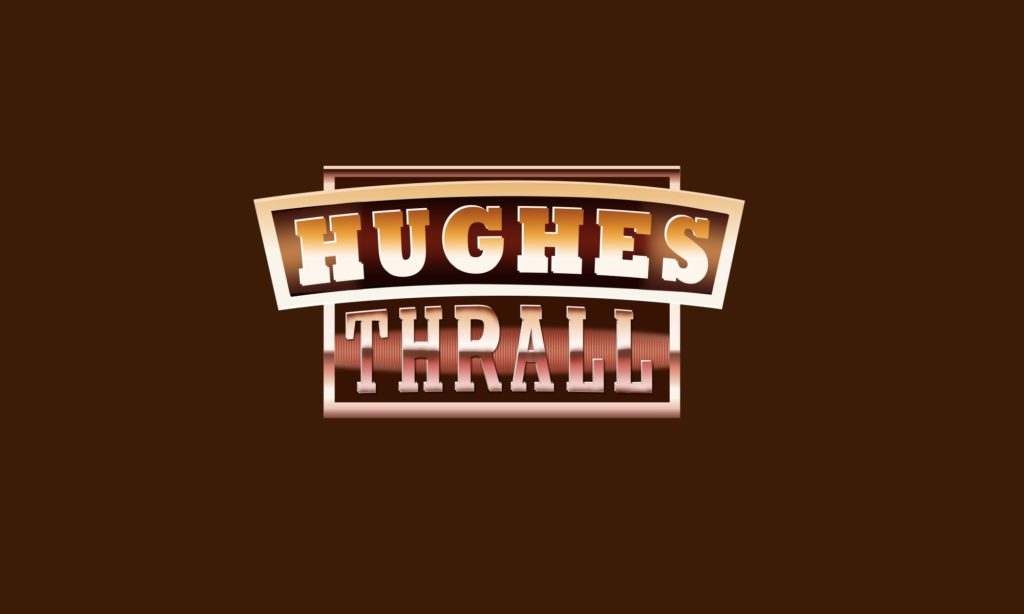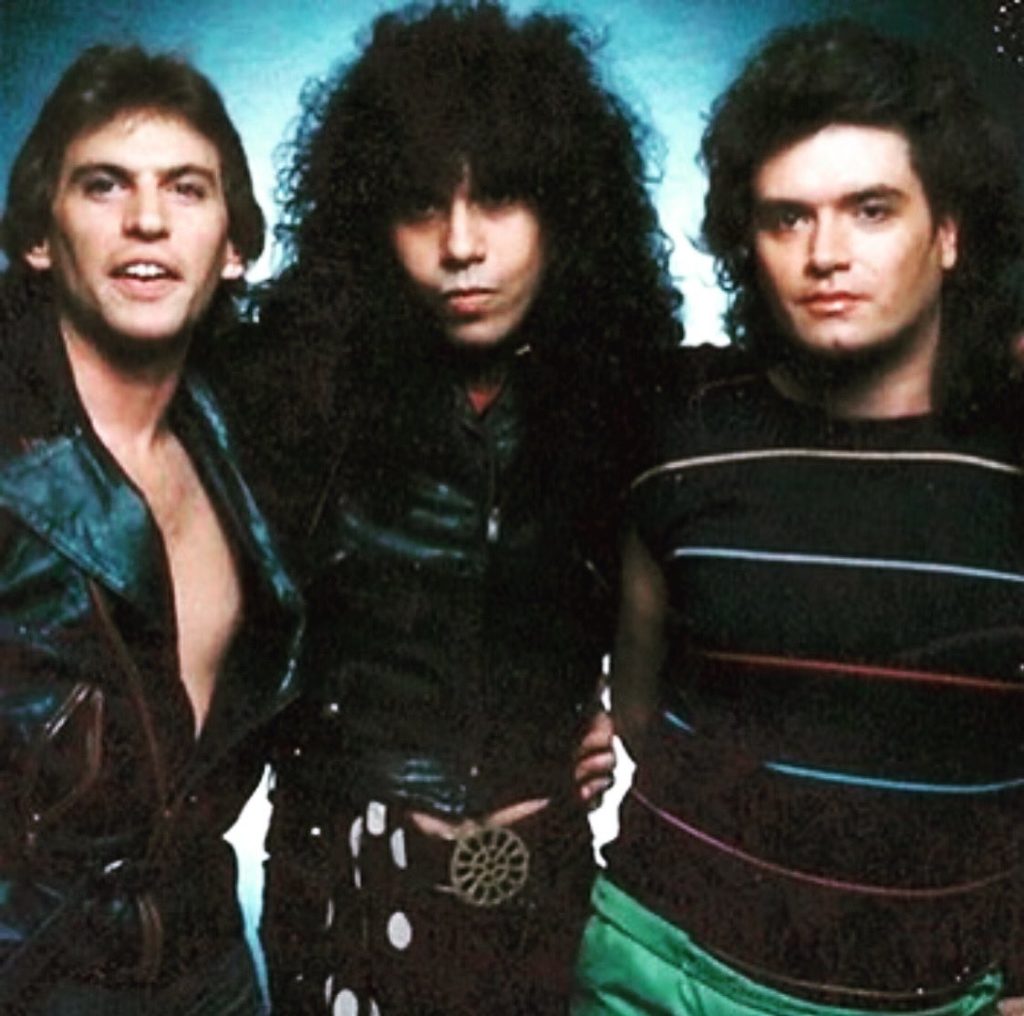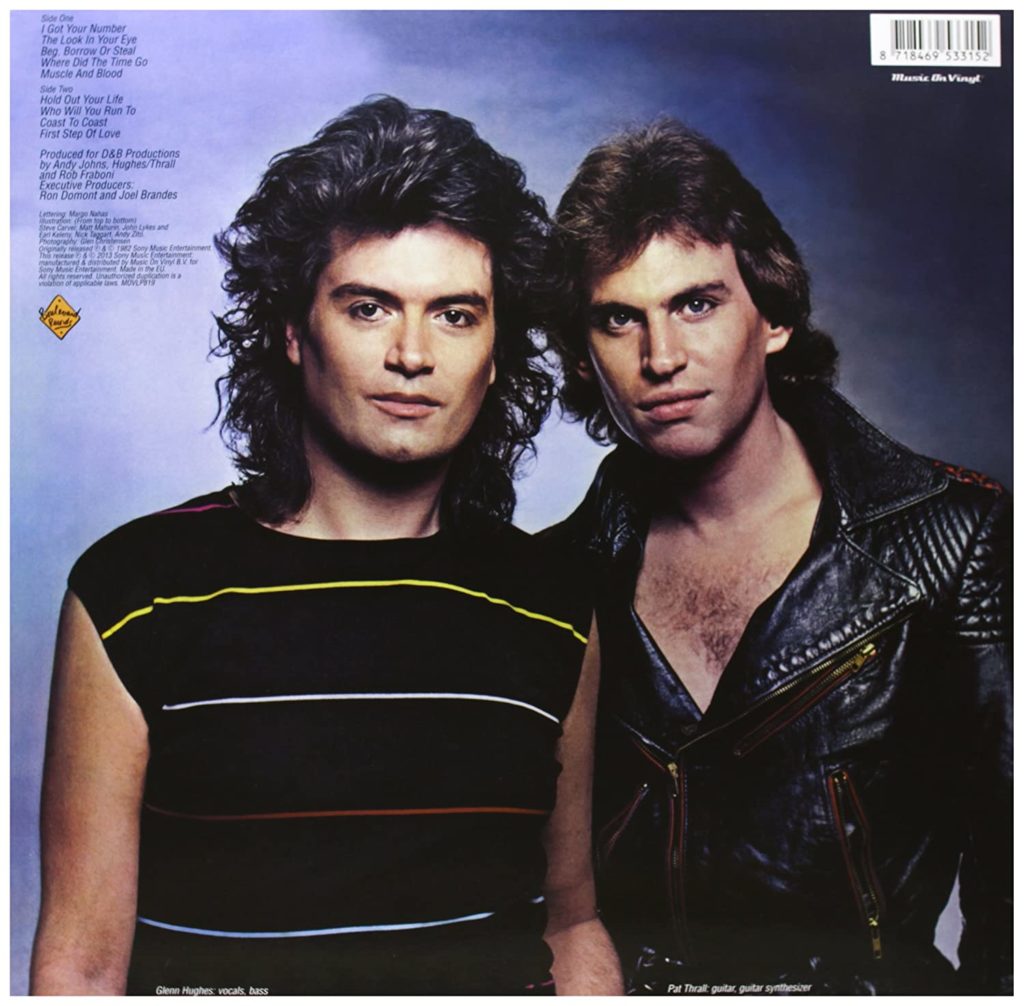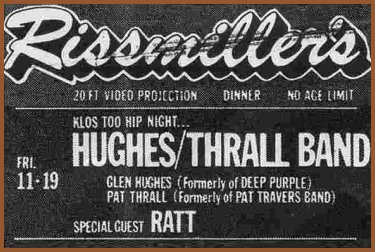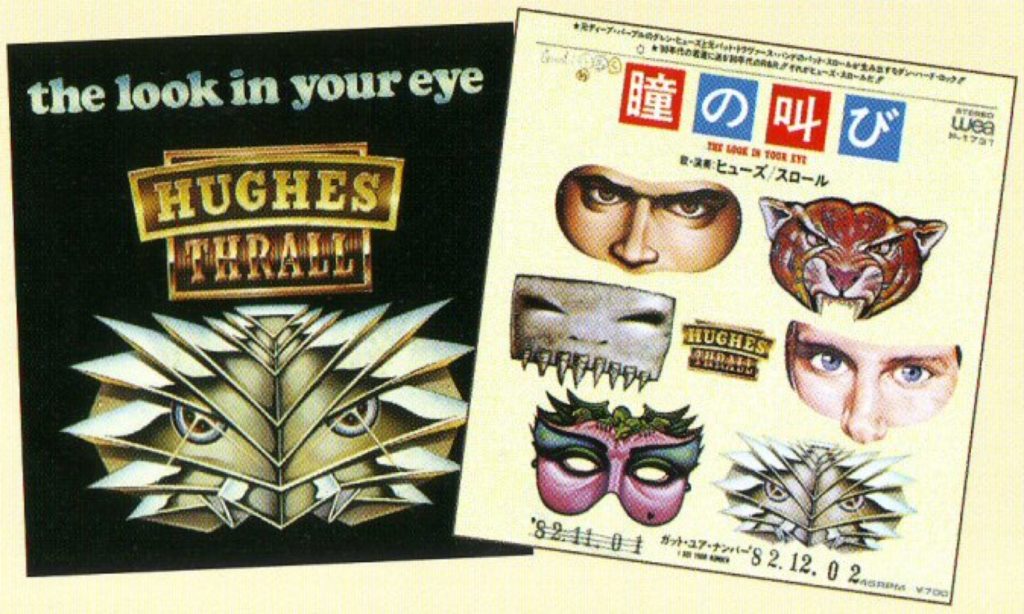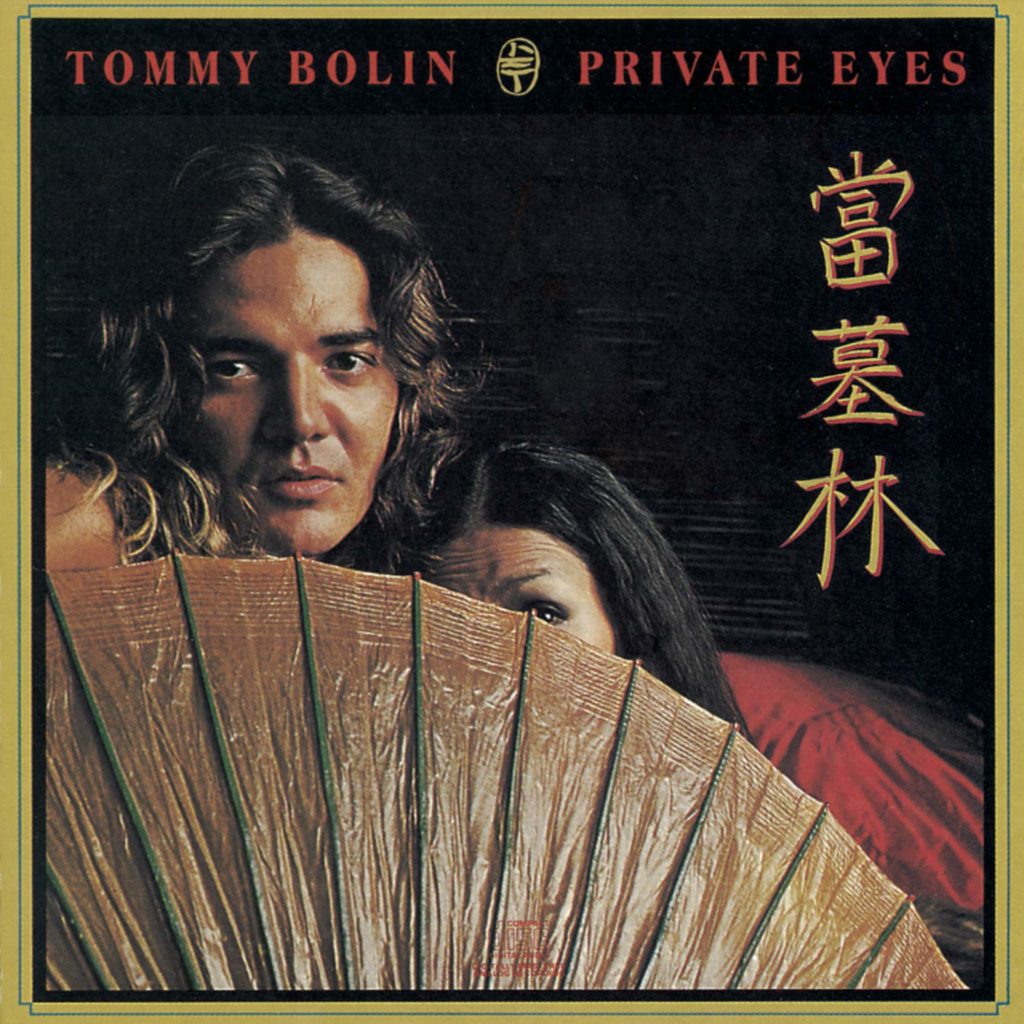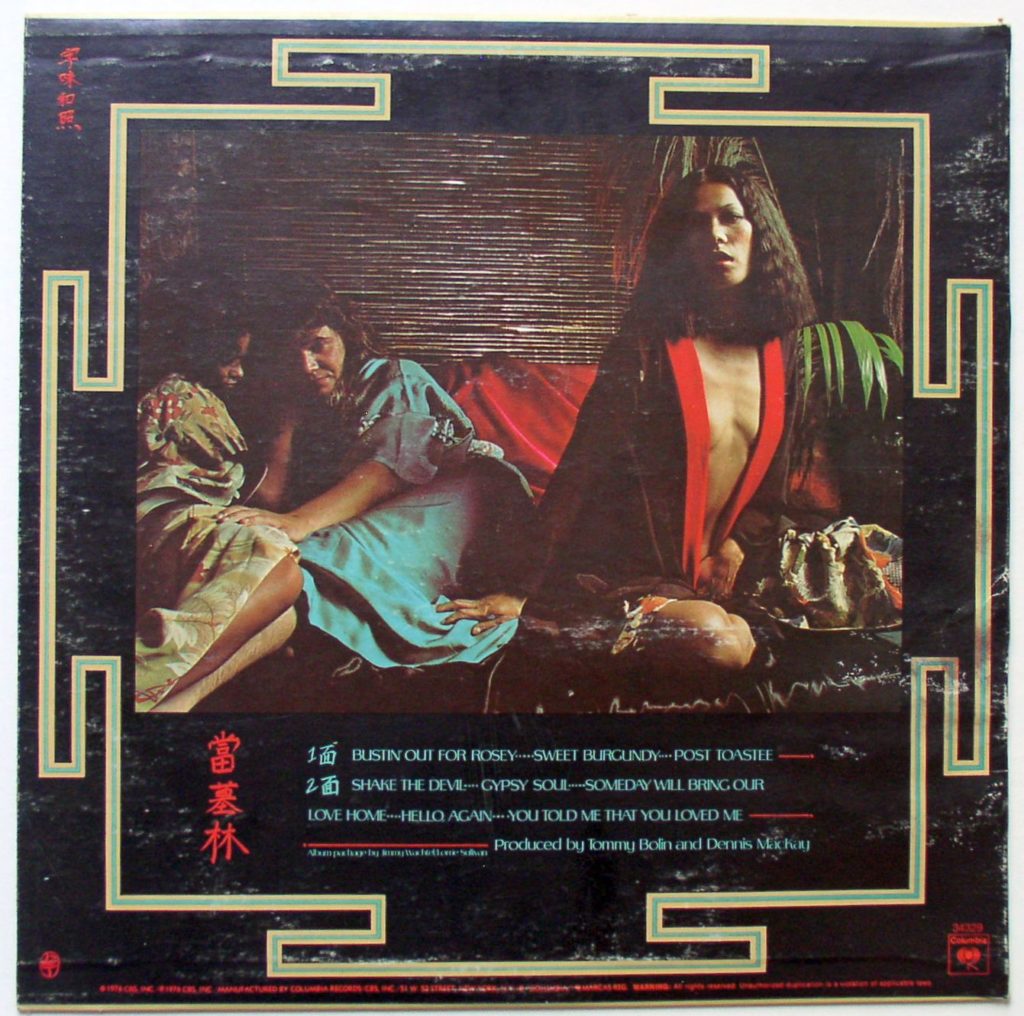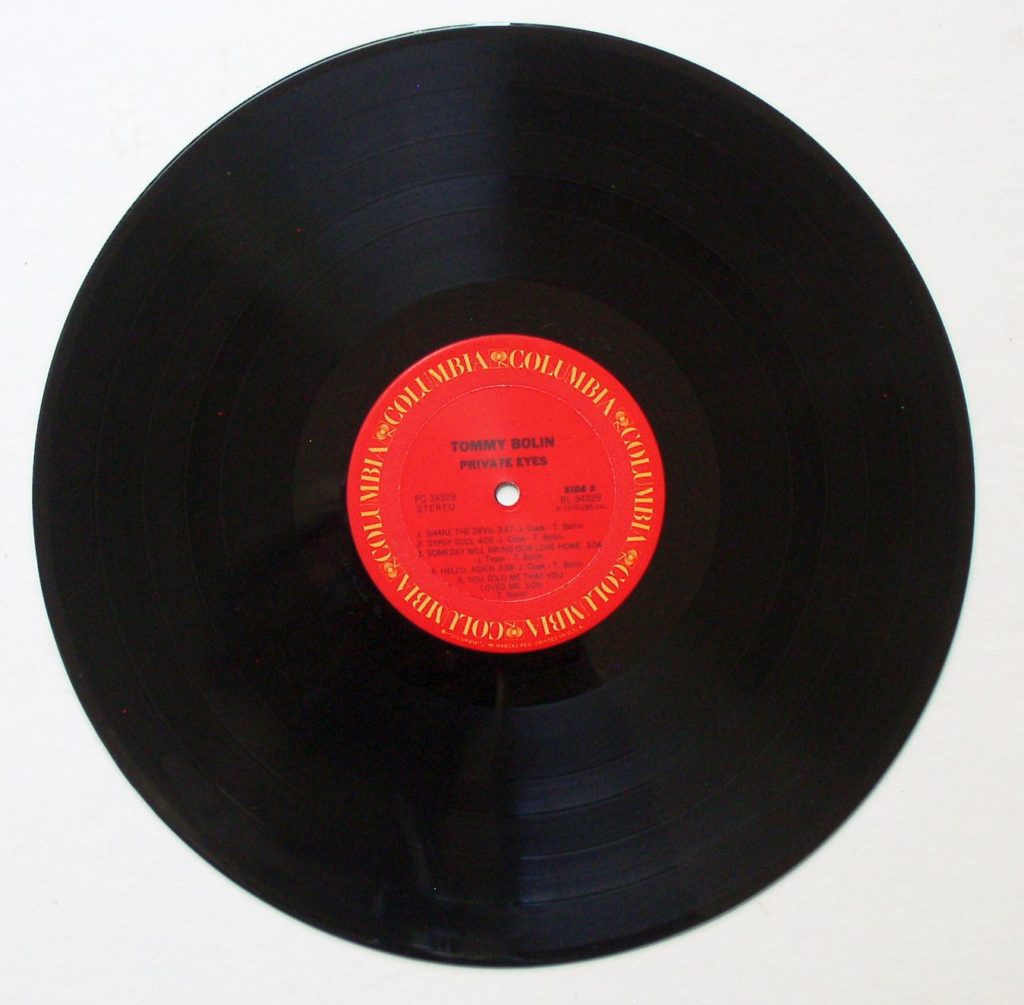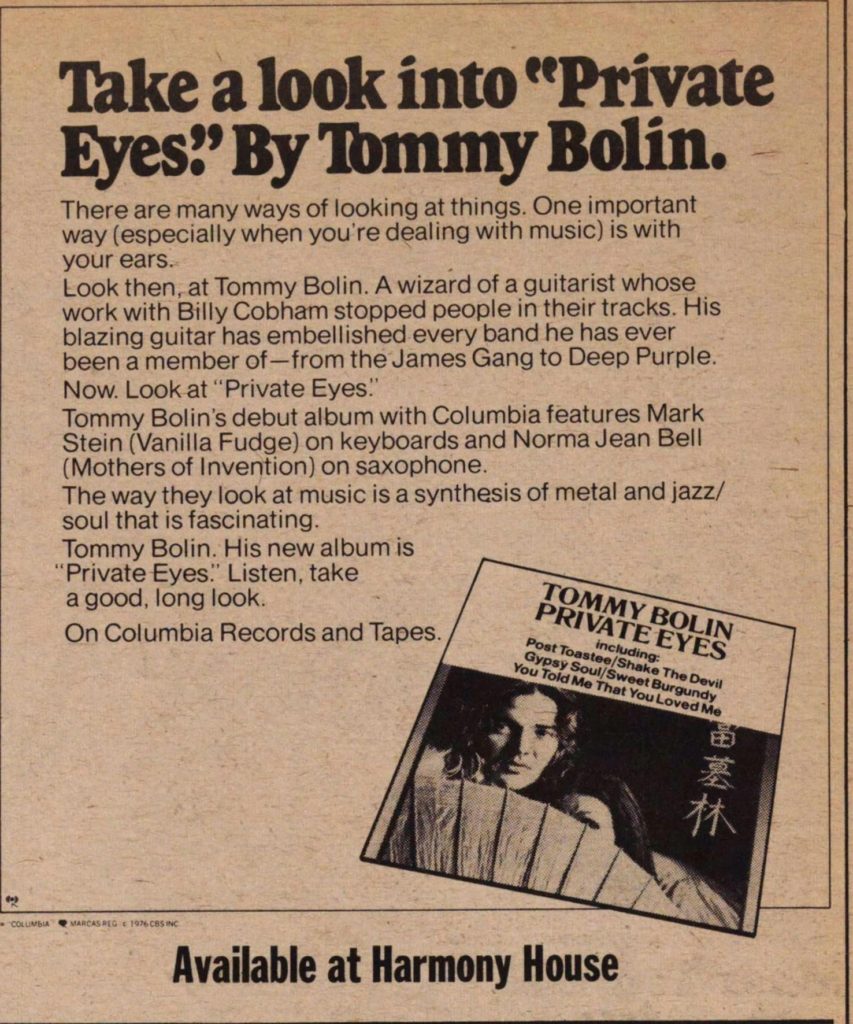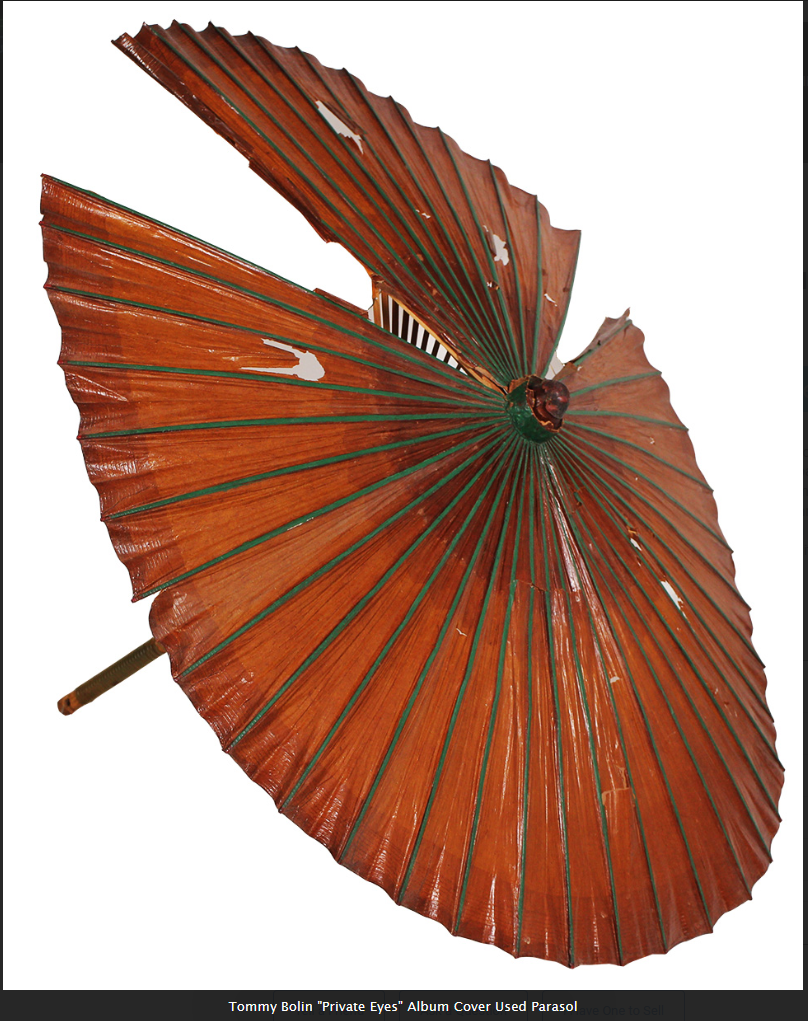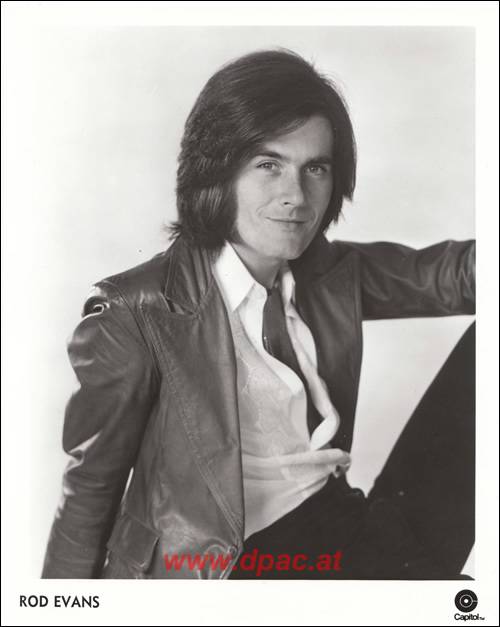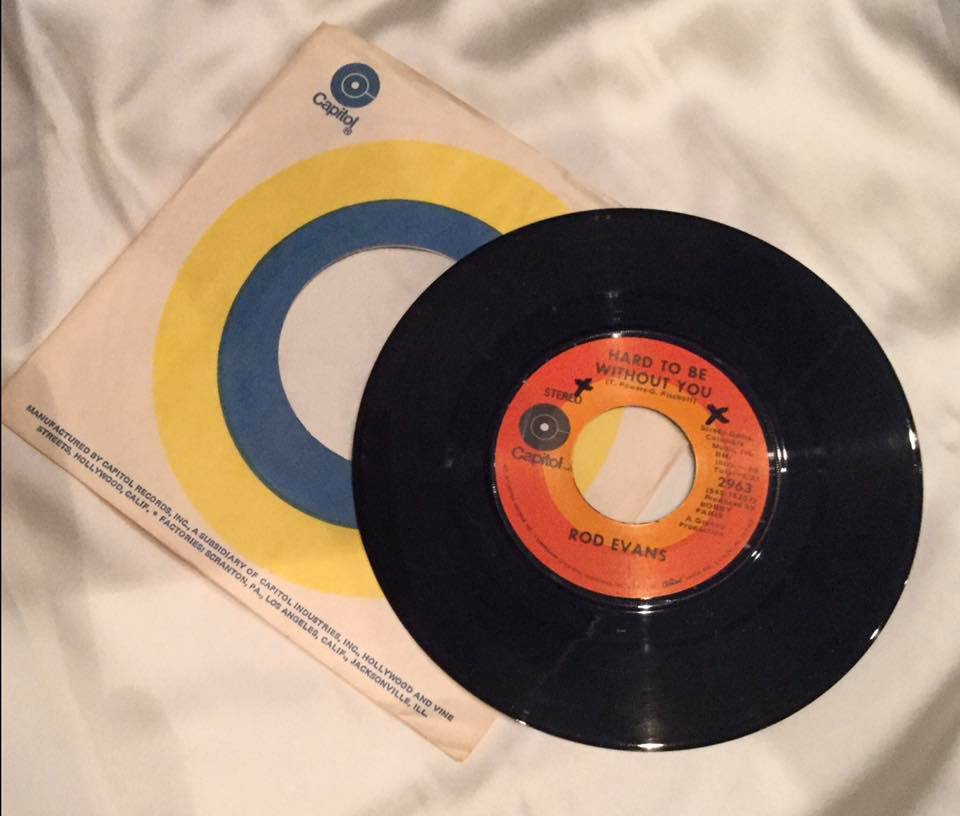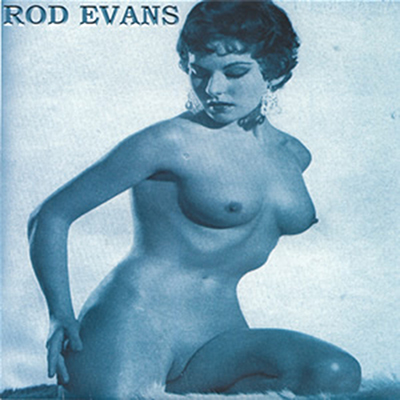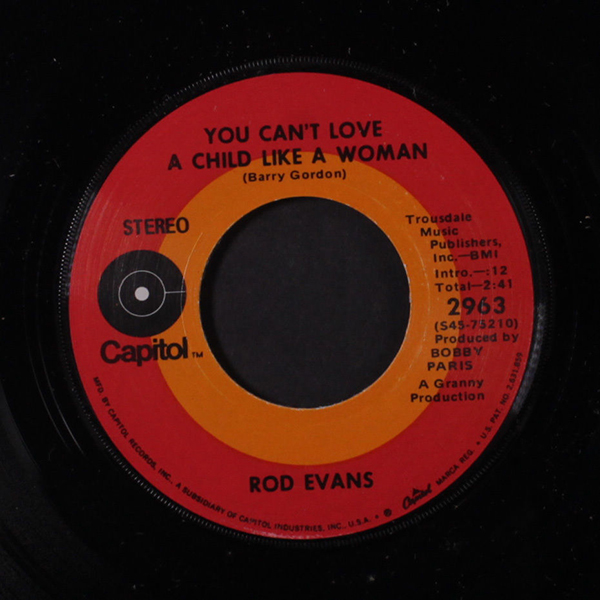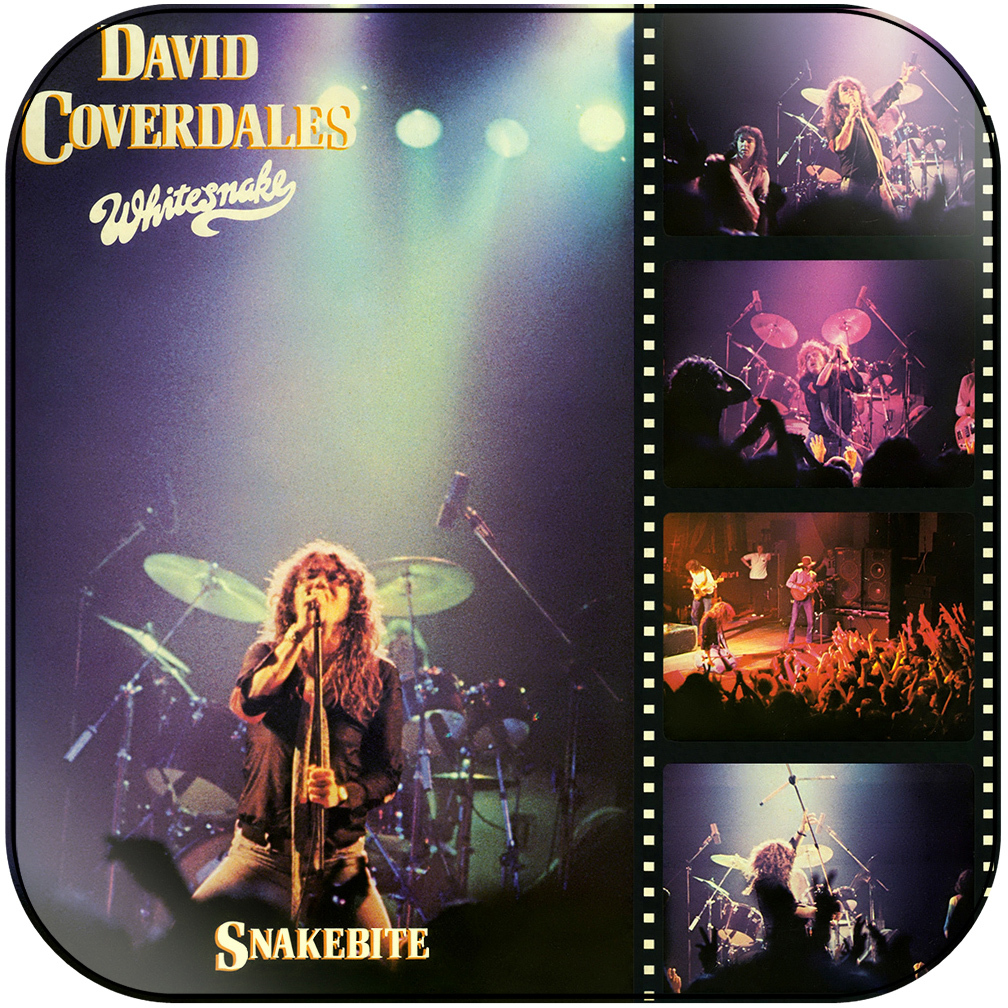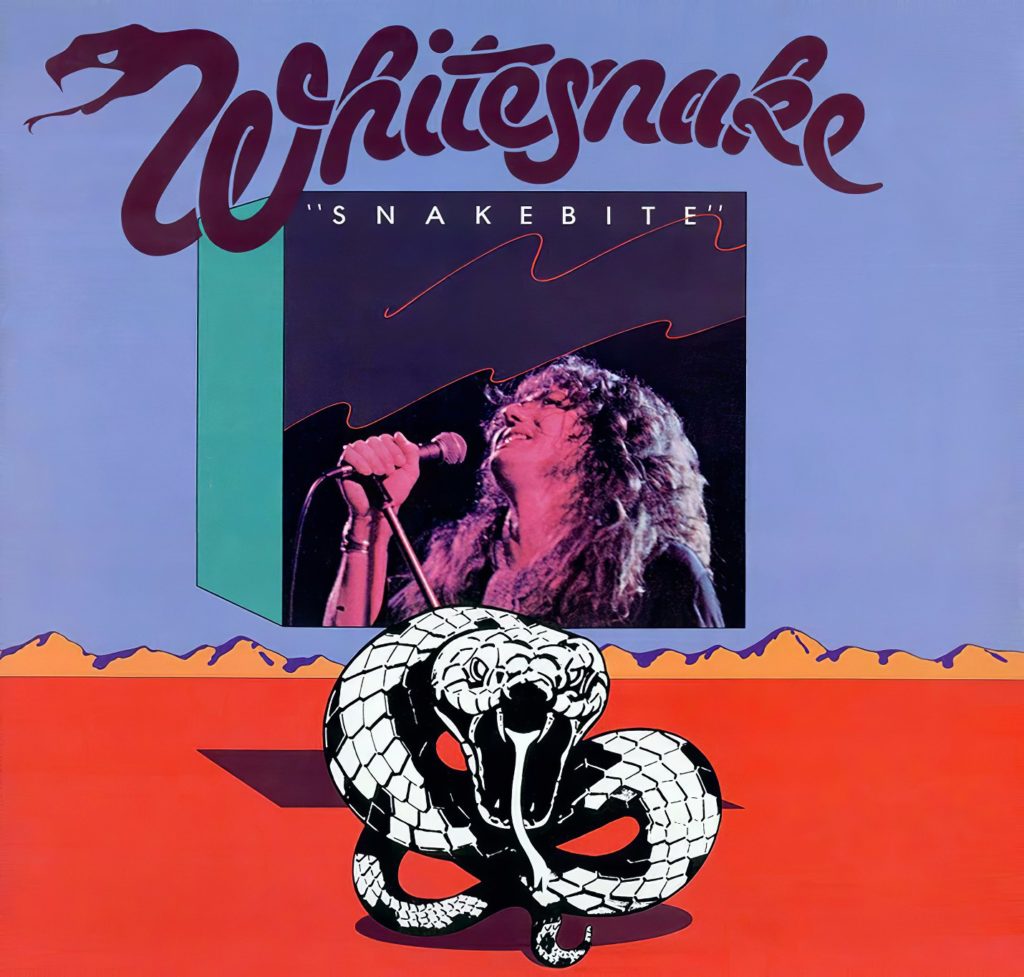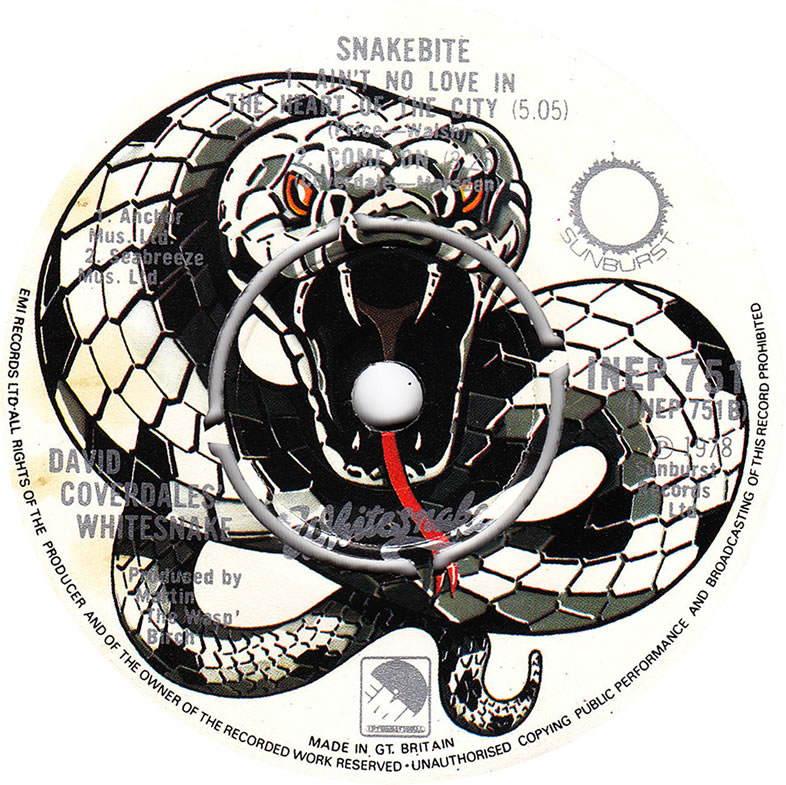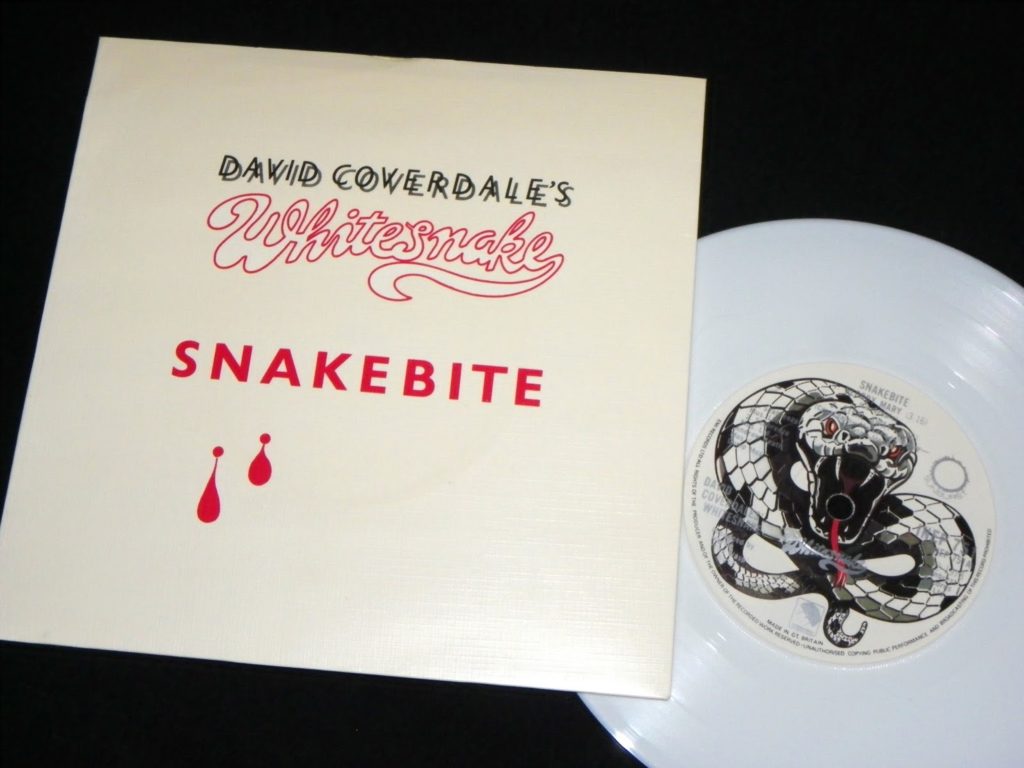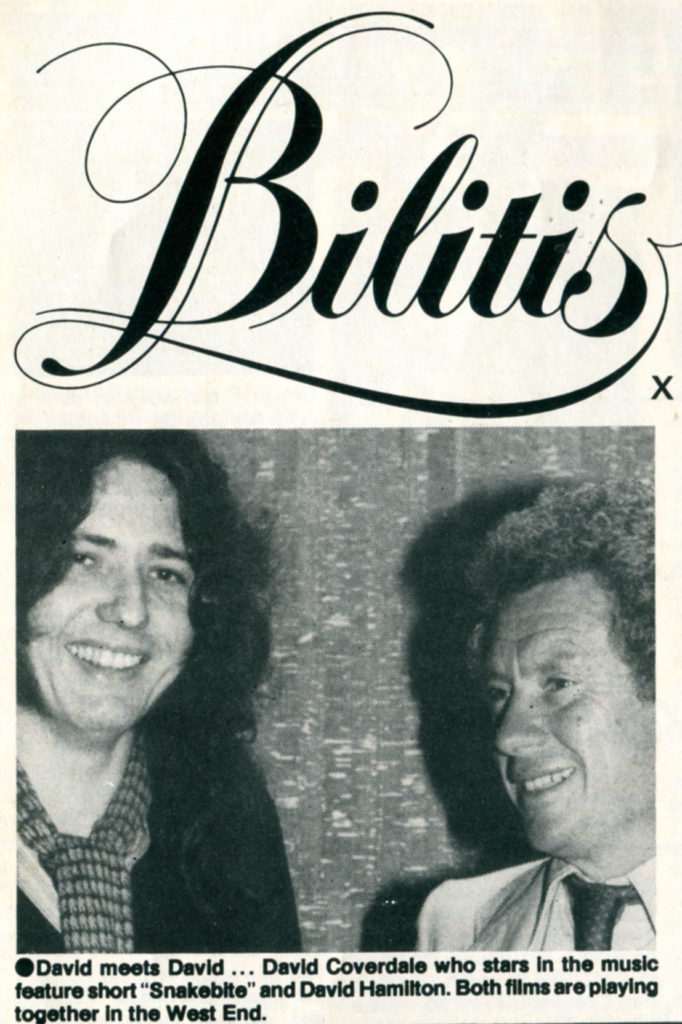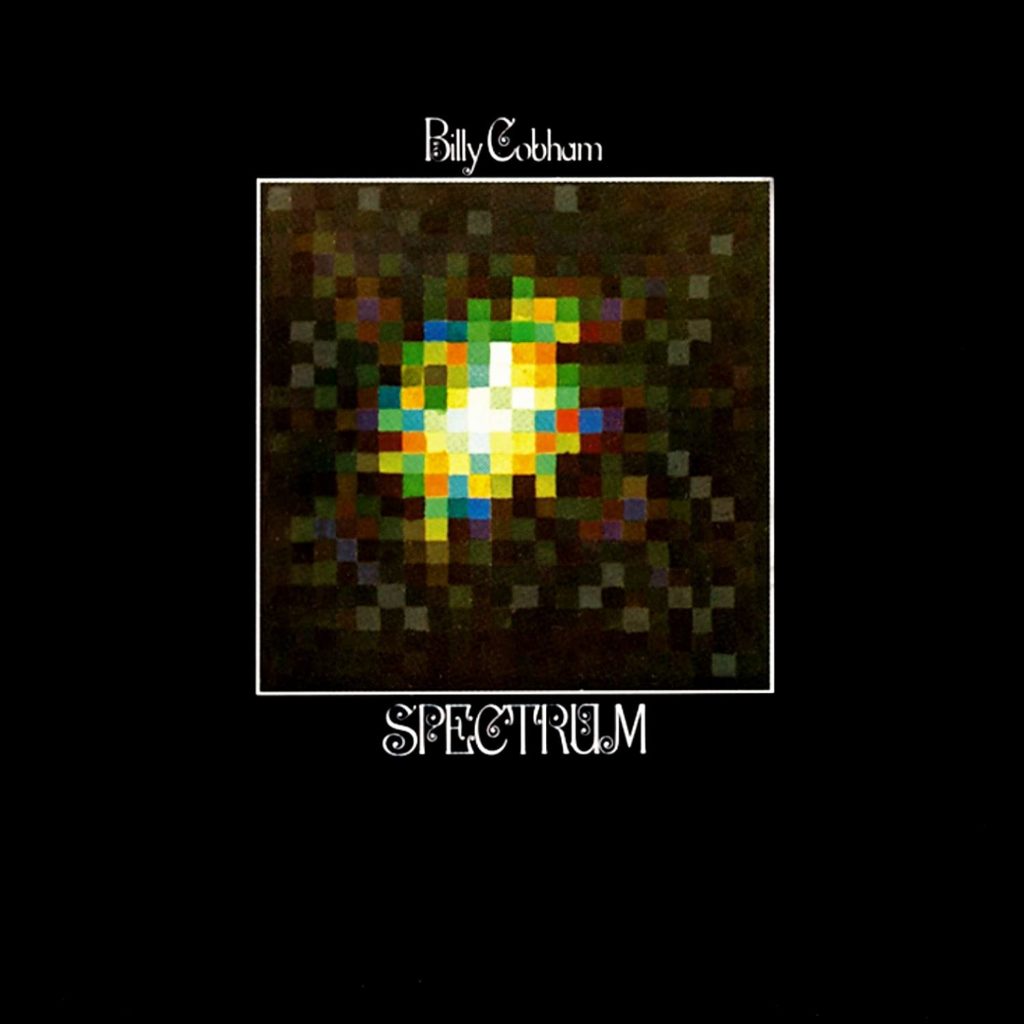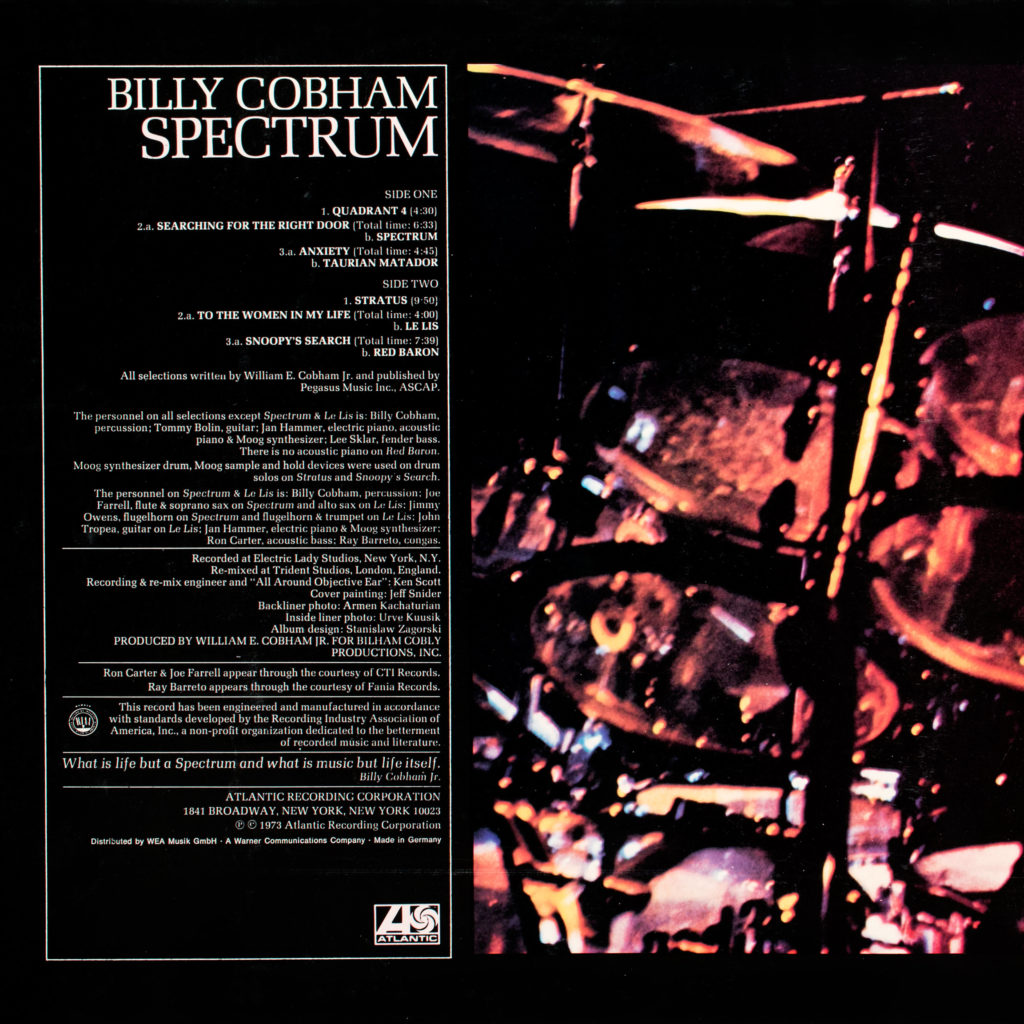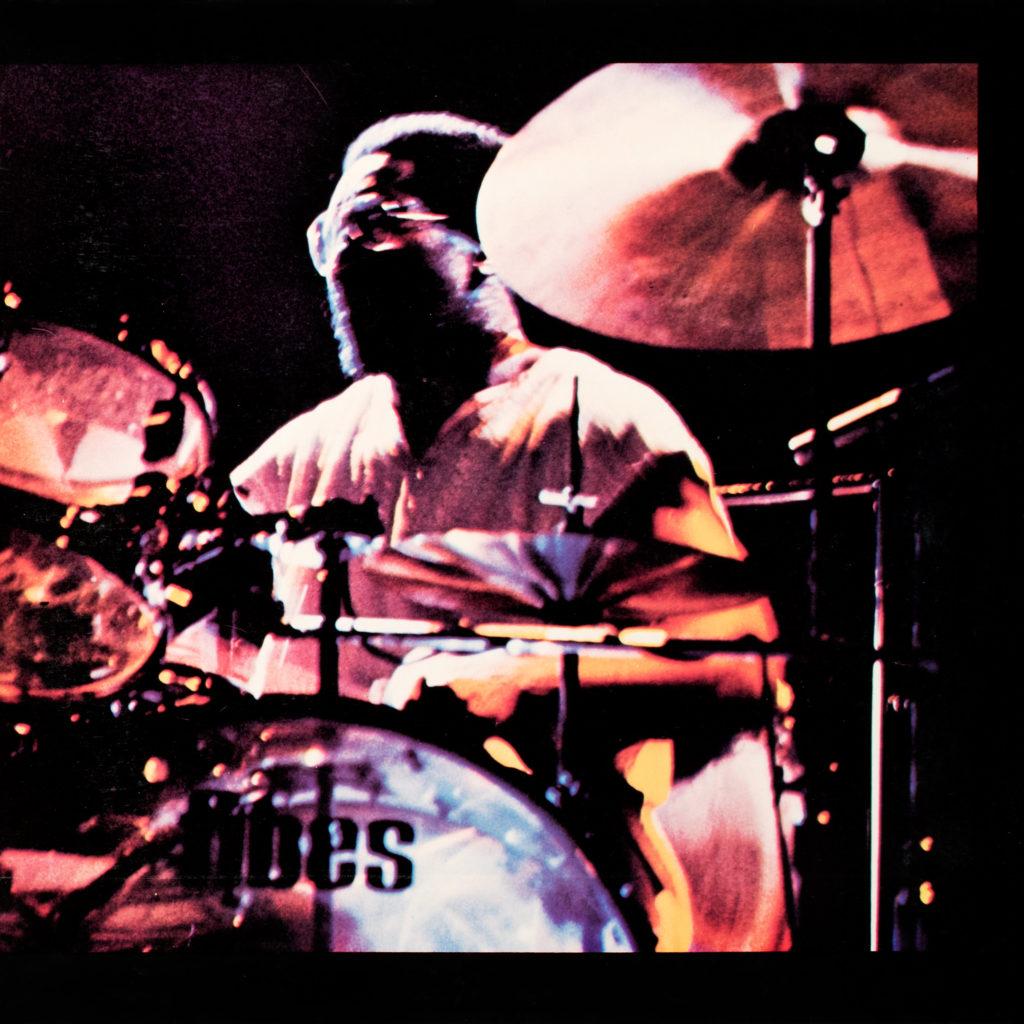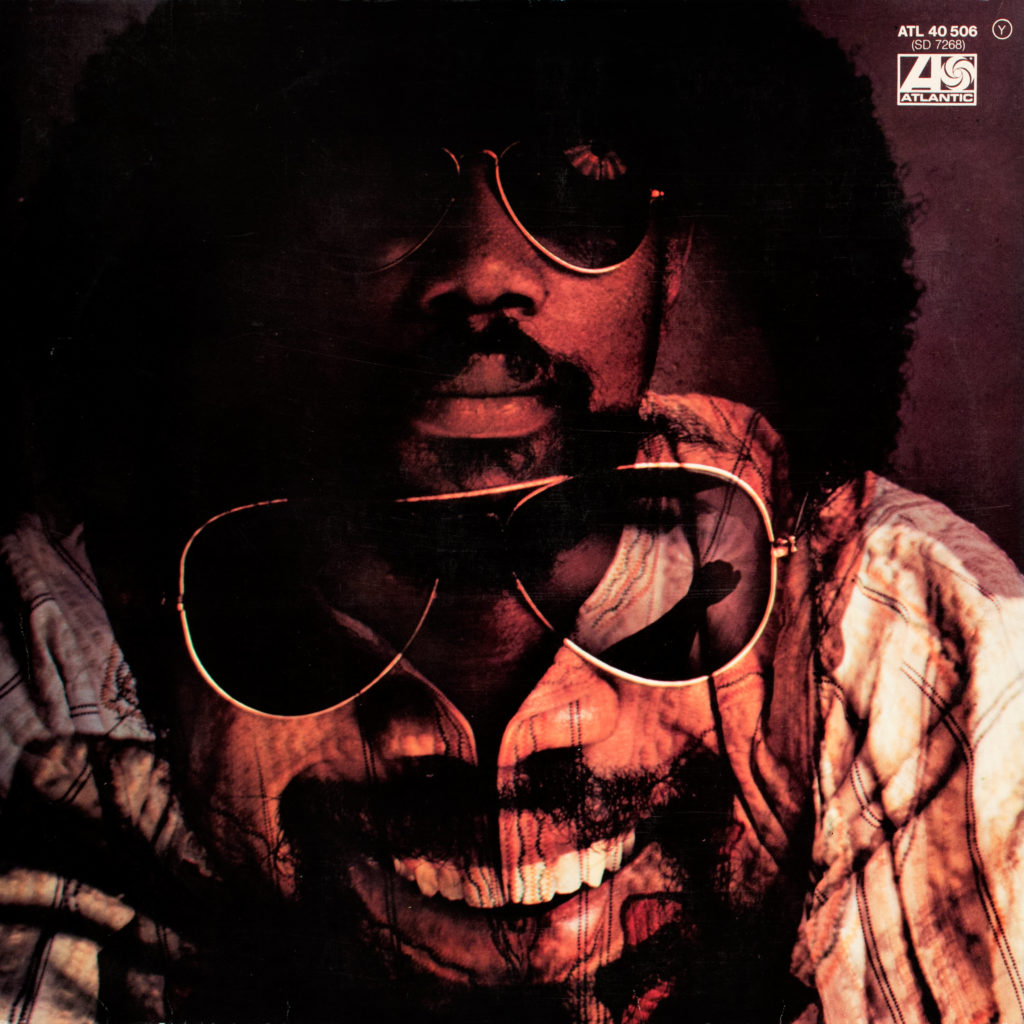Disclaimer: The video used on YouTube is a byproduct of producing our audio podcast. We post it merely as a convenience to those who prefer the YouTube format. Please subscribe using one of the links below if you’d prefer a superior audio experience.
Subscribe at Apple Podcasts, Stitcher, Google Podcasts, Overcast, Pocket Casts, Anchor.fm, Breaker, PodBean, RadioPublic, or search in your favorite podcatcher!
Thanks to Our Show Supporters – Three Ways To Show Your Support
- Become a Patron on Patreon
- Donate on Paypal (Donate one time or click “make this a monthly donation” box)
- Leave us a 5-Star Review on Apple Podcasts
- The $25 “Super Trouper” Tier
- Steve Seaborg (NameOnAnything.com, Alltheworldsastage.net) – Paypal
- The $20 “Shades of Deep Pockets” Tier
- Ryan M
- The $15 “Highball Shooter” Tier
- Alan Begg
- The Turn it up to $11 Tier
- Frank Theilgaard-Mortensen – PATRON UPGRADE
- $10 “No One Came” Tier
- Vacant
- $6.66 Tier
- Richard Fusey – Paypal
- $5 “Money Lender” Tier
- Clay Wombacher
- Greg Sealby
- Mike Knowles
- John Convery
- Arthur Smith
- German Heindl
- Adrian Hernandez – Paypal
- Fielding Fowler
- Kenny Wymore
- $3 “Nobody’s Perfect” Tier
- Peter Gardow
- Ian Desrosiers
- Mark Roback
- Anton Glaving
- Will Porter
- $1 Made Up Name Tier
- Ells Murders
- Spacey Noodles
- The “Eidolic” Leaky Mausoleum
- Michael Vader
Thanks to our Brothers at the Deep Dive Podcast Network:
- Ry @ Sabbath Bloody Podcast
- The Simple Man @ Skynyrd Reconsydyrd
- Terry “T-Bone” Mathley @ T-Bone’s Prime Cuts
- Paul, David, and Joe @ In the Lap of the Pods (Queen podcast)
Thanks to the Patron Saint and Archivist of The Deep Purple Podcast:
- Jörg Planer – an essential Twitter follow
Show Updates:
- Comments from social media.
- Tommy Bolin Memorial Statue Fundraiser
Lead up to the Album:
- Andrew Lloyd Webber met Tim Rice in 1965. Webber was 17 and trying to write for musical theater. Rice was 20 and trying to make it as a writer of pop songs.
- On April 21, 1965 wrote a letter to Lloyd-Webber. He said that he’d heard through a Mr. Desmond Elliott of Arlington Books, that Webber had been looking for a “with it” writer of lyrics for his songs. Lloyd-Webber contacted him and they arranged a meeting.
- In Lloyd-Webber’s autobiography he describes Tim Rice as a “six foot something, thin as a rake, blond bombshell of an adonis.” He also states that he learned Rice’s real ambition was to be a heartthrob rock star.
- He also states that Rice was working on a lot of stuff and that he imagined that one day it “would be nice to say I had met him before he was world famous . . . “
- The first collaborated on “The Likes of Us” a musical which was never able to get a backer and didn’t end up getting live production until 2005.
- Alan Doggett, a family friend of the Lloyd Webbers who had worked with them on “The Likes of Us” commissioned them to write a “pop cantata” based on the Old Testament. Two previous “pop cantatas” existed. The first was “The Daniel Jazz” written by Herbert Chapell in 1963. The second was Jonah-Man Jazz written by Michael Hurd in 1966. Both had been published by Novello, a music publisher who would be producing this.
- The result was NOT Jesus Christ Superstar, but Joseph and the Amazing Technicolor Dreamcoat. It got some recognition as a humorous retelling of the story of Joseph.
- In 1969 they paired up again and wrote the song “Try it And See” for the Eurovision Song Contest for the artist Lulu. It did not make it as the UK entry for 1969 though Lulu did sing the song “Boom Bang-a-Bang.”
- Superstar was the first song they recorded and released as a single written by Judas, questioning Jesus and his legacy from a 20th century perspective, the eventual follow up to “Heaven on Their Minds” which is the opening song by Judas questioning Jesus in his own time.
- They wanted to get a successful single on the charts so they’d be given the green light to record the entire album that hadn’t yet been written. This would get them the ability to finally perform the sive show. They intentionally made this single radio friendly. It got a ton of release internationally and sold well.
- They were given the budget for a full symphony orchestra by MCA and were allowed to produce it themselves. The catch was that MCA wanted to own the worldwide rights to future recordings.
- They got a terrible deal for the royalties behind the “Superstar” single but they were in no position to turn it down.
- Murray head recommended the Grease band and other musicians and they got to work recording.
- The recordings took place at Olympic Studios in the Southwest suburb of Barnes. It was considered to be a top rock studio. It also had a large room that could fit an entire orchestra so that’s what they used to record the Superstar single.
- The engineers suggested the band record with a metronome in their headphones. Lloyd-Webber and the band did not want to do this as they were afraid it would come across too mechanically. Keith Grant who was engineering was very worried about how they’d be able to overdub a symphony orchestra with no click track. Webber wanted to take the gamble so that they could have a great rhythm track.
- The band and the soul singers were recorded first then the orchestra after under the direction of Alan O’Duffy.
- Apparently the timekeeping issue did become extremely difficult for the orchestra.
- The first day with the band on the studio was coming and Webber got the band together and had them jam for a half an hour then they’d record a short segment with the band. That’s how “What’s the Buzz” came together along with the moneylenders sequence.
Personnel
- The musicians for Jesus Christ Superstar, the principle rock band at least, were largely recruited from UK rock bands at the time including The Grease Band, Juicy Lucy, and Wynder K Frog.
- Acoustic Guitar, Electric Guitar – Henry McCulloch*
- http://www.henrymccullough.com/
- https://en.wikipedia.org/wiki/Henry_McCullough
- Started off as a member of Joe Cocker’s band.
- Was also a member of prog band Spooky Tooth.
- Would later join Paul McCartney in Wings.
- Joe Cocker – Change in Louise
- Bass
- Alan Spenner
- http://en.wikipedia.org/wiki/Alan_Spenner
- Bass player with Joe Cocker, Spooky Tooth, Wynder K. Frog (Mick Weaver’s band).
- Wynder K Frog – Gasoline Alley – 1968
- Alan Weighal
- Active since 1960
- “Billy Fury ~ Alright,Goodbye” – The Sound of Fury 1960
- Twice As Much – The Summer’s Ending – 1966 **
- Jeff Clyne
- A British jazz bassist.
- Tubbsville – Tubby Hayes
- Pete Morgan
- Joined the Dudley Moore Trio with Chris Karan from The Butterfly Ball
- Dudley Moore Trio – 120 Plus Optional Magic Exploding Cadence
- Alan Spenner
- Bassoon
- Anthony Brooke
- Only entry on Discogs.
- Joseph Castaldini
- Part of Robert Farnon, Leslie Jones, and His Orchestra of London in 1958. Also played in the Kingsway Symphony Orchestra
- Anthony Brooke
- Clarinet – Ian Herbert
- Worked with Mike Harrison as well as some orchestral work in the early 1970s.
- Conductor [Orchestra Principal Conductor] – Alan Doggett
- Early credit. Went on to work with Yvonne Elliman and Maynard Williams.
- Close family friend of the Lloyd Webbers.
- Conductor [Strings Of The City Of London] – Malcolm Henderson
- Earliest credit, went on to work with Jethro Tull.
- Drums – John Marshall
- Worked with Jack Bruce and Mike d’Abo before JCSS.
- JOHN MAYER & His Indo-Jazz Fusions: Serenade from Etudes TONY COE [FHR01] – 1969
- Drums, Percussion – Bruce Rowland
- http://en.wikipedia.org/wiki/Bruce_Rowland_(drummer)
- The Grease Band and Wynder K. Frog.
- The Grease Band backed Joe Cocker then split off to form a country-rock band. Played with him on “With a Little Help From My Friends.”
- ‘ the grease band ” – let it be gone – live beatclub 24/7/1969.
- The Grease Band – Wild Side Of Life **
- Electric Guitar – Neil Hubbard
- http://en.wikipedia.org/wiki/Neil_Hubbard
- The Grease Band, Juicy Lucy, Wynder K. Frog.
- Flute – Brian Warren
- First of 5 credits on Discogs.
- Flute – Chris Taylor (5)
- Played with the Joe Harriot Double Quintet
- Also played with John Mayer Double Quintet and the Indo Jazz Fusions
- Harvey Andrews – Places and Faces album
- Harvey Andrews – The Party (1969) – no flute
- Meic Stevens – The Sailor and Madonna
- Guitar – Chris Spedding
- http://www.chrisspedding.com/
- https://en.wikipedia.org/wiki/Chris_Spedding
- Part of the Frank Ricotti Quartet, Jack Bruce,
- Over 600 entries on Discogs.
- Chris Spedding – She’s my friend
- Guitar – Clive Hicks
- Played onElton John’s first album, Mike Samms Singers,
- Elton John – Your Song
- Solo example?
- Guitar – Louis Stewart
- http://www.louisstewart.net/
- http://en.wikipedia.org/wiki/Louis_Stewart_%28guitarist%29
- Irish Jazz guitarist
- Played with Clark Terry and the London Jazz Chamber Group
- Went on to play with Benny Goodman and Yvonne Elliman’s solo work
- Guitar – Steve Vaughan
- Canadian born, raised in the UK
- Better known as an engineer
- JCSS first credit on Discogs
- Horns – Andrew McGavin
- Worked on orchestral work.
- Part of Sunforest, a British folk trio
- Lighthouse Keeper
- Horns – Douglas Moore (3)
- Very few credits, mosty orchestral.
- Horns – James Brown (10)
- Worked on a lot of orchestral work int he late 50s and 60s.
- Horns – Jim Buck
- Mostly Orchestral work
- Horns – Jim Buck Jr
- Orchestral work. Same guy?
- Horns – John Burden
- Appeared on Sgt. Peppers Lonely Hearts Club Band as a co-arranger and performer.
- == Clip of horns from beginning of Sgt. Pepper ==
- Horns at 0:42.
- Orchestrated By, Directed By [Musical Direction] – Andrew Lloyd Webber
- Other [Production Management] – Don Norman
- Percussion – Bill Le Sage
- Jazz vibraphone player, played with the Johnny Dankworth Seven, The Swinging Swedes, and many other bands starting in 1951.
- Piano – Karl Jenkins
- http://www.karljenkins.com/
- http://en.wikipedia.org/wiki/Karl_Jenkins
- Welsch piano player
- The Graham Collier Septet, Elton John (Tumbleweed Connection), Nucleus
- Nucleus – “Elastic Rock”
- Nucleus won first prize at the Montreux Jazz festival and appeared at the Newport Jazz Festival
- Piano – Norman Cave
- Only credit.
- Piano, Electric Piano, Organ, Organ [Positive] – Peter Robinson
- http://www.jpeterrobinson.com/
- https://en.wikipedia.org/wiki/J._Peter_Robinson
- Played with Quatermass, Phil Collins and Brand X, Stanley Clarke, Carly Simon
- Quatermass – “Post War, Saturday Echo” (1970)
- Piano, Organ – Mick Weaver
- http://en.wikipedia.org/wiki/Mick_Weaver
- Another one from Wynder K. Frog. Keef Hartley Band
- Keef Hartley Band:-‘Don’t Give Up’ – 1969
- Piano, Organ, Synthesizer [Moog] – Andrew Lloyd Webber
- Synthesizer [Moog] – Alan Doggett
- Worked on Joseph and the Amazing Technicolor Dreamcoat and went on to work on Yvonne Elliman’s solo work after JCSS.
- Tenor Saxophone – Chris Mercer
- John Mayall’s Bluesbreakers, Juicy Lucy, Keef Hartley Band, Locomotive
- Locomotive – Mr Armageddon
- Trombone – Anthony Moore (7)
- Only credit.
- Trombone – Frank Jones (12)
- Only credit.
- Trombone – Keith Christie
- Another Tubby Hayes Orchestra autumn, was playing since the late 1940s with a band called Humphrey Lyttleton and his Band amongst others.
- Trumpet – Harry Beckett
- https://harrybeckett.bandcamp.com/
- https://en.wikipedia.org/wiki/Harry_Beckett
- Played with Charles Mingus, Charlie Watts, Keef Hartley and many others.
- Trumpet – Ian Hamer
- Played on “Got To Get You Into My Life”
- Played with Tubby Hayes,
- Lionel Bart – May a Man be Merry?
- Discogs lists him as playing with Tommy Bolin and Billy Cobham but this must be a mistake with Jan Hammer.
- Trumpet – Kenny Wheeler
- https://en.wikipedia.org/wiki/Kenny_Wheeler
- Over 700 entries on Discogs starting in the mid 1950s
- Tubby Hayes Orchestra, Nucleus, Mike Gibbs
- Trumpet – Les Condon
- Credits starting in the mid 1950s
- Tubby Hayes Orchestra, Lionel Bart
For Further Information:
- Rock Opera: The Creation of Jesus Christ Superstar, from Record Album to Broadway Show and Motion Picture by Ellis Nassour
- https://en.wikipedia.org/wiki/Jesus_Christ_Superstar
- https://en.wikipedia.org/wiki/Jesus_Christ_Superstar_(album)
- Get Onto My Cloud: The Tim Rice Podcast – Jesus Christ Superstar – the early days
- Unmasked: A Memoir by Andrew Lloyd-Webber
- Oh What A Circus by Tim Rice
Listener Mail/Comments
- Comments about the show? Things you’d like us to cover? We’d love to hear from you. Send us an email at info@deeppurplepodcast.com or @ us on Twitter, Facebook, or Instagram.
Past Resources:
- Touched by Magic: The Tommy Bolin Story by Greg Prato
- Deep Purple: A Matter of Fact by Jerry Bloom
- Smoke on the Water: The Deep Purple Story by Dave Thompson
- The Road of Golden Dust: The Deep Purple Story 1968-1976 by Jerry Bloom
- Child in Time by Ian Gillan
- Deep Purple and Rainbow 1968-79: Every album, every song (On Track) by Steve Pilkington

